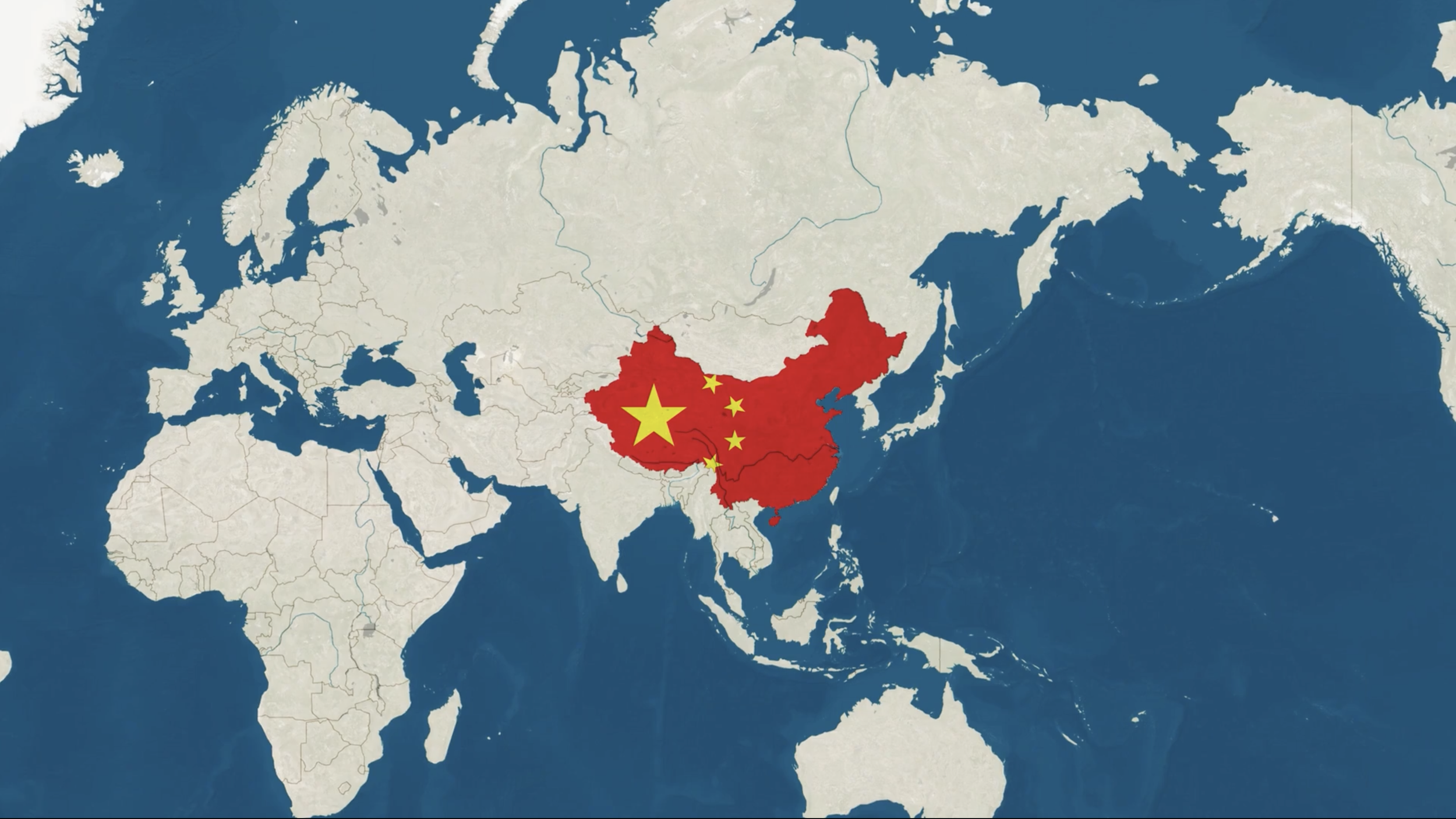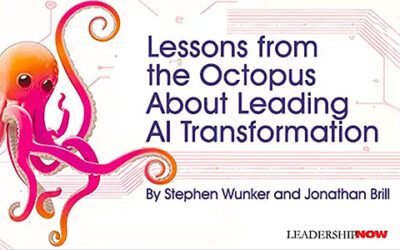There is so much that goes on at the surface level of the news we see about China.
- Zero-Covid
- The post Zero-Covid world
- Spy balloons
- The Hu Jintao hijinx at the Party Congress.
When we get fixated on what’s now and we ignore what’s next. The reality is that we can know a lot about the future and how we can take advantage of it. Today, while still smaller in absolute dollar terms, China’s economy is far larger than the US when measured by domestic buying power (PPP). That means that whatever happens in China doesn’t stay in China. It shapes the world.
That’s why HBR’s Chinese edition asked me to identify some of the top business trends that will shape China from 2023-2025.
Here’s a summary and here’s the link to the original Chinese Article.

In the deep ocean, Rogue waves, 100 foot tall walls of water, rise up when individually manageable waves collide. Something similar occurs in business. These sea changes are a shock for most organizations but an opportunity for the prepared. As the world moves faster and more connected, these rogue waves become more frequent.
While we may not know what will seed the next disruption, we can know many of the waves it will collide with, so we can talk about what will happen after.
First and foremost, we know that the next rogue wave will dramatically shape the relationship between China and the world. Second, we know that it will dramatically change the trajectory of domestic economic development.

Five undercurrents shaping China’s relationship with the world
- New Globalization — Trade is moving in new and unexpected directions.
- Currency Confusion — As the Chinese government reboots the economy, its policy focuses on long-term investment will conflict with growing short-termism and higher interest rates in the West.
- New Trade Mechanisms — As the center of gravity of global trade continues to shift toward China, countries subject to US sanctions will seek to trade using non-SWIFT and non-Dollar denominated currencies.
- Brand China — China must reinvent its image as a global leader coming out of covid to combat Western propaganda.
- Rise of Asia — The rapidly growing Asian middle class will shift global power dynamics and intensify resource competition, increasing the need for good trade relations.

Five undercurrents shaping Chinese domestic priorities
- Digital Value — Who will create value, who will do the work, and who will take the spoils of the AI economy? This question will drive the relationship between business, government, and consumers in the coming years.
- Service and Knowledge Economy — Much like in the US after the financial shocks of the 1970s, China will need to accelerate the development of its service and knowledge work to absorb the economic stimulus it puts into the domestic economy.
- Consumption Growth — China must walk the tightrope of boosting domestic consumption while growing low-skill, low-income jobs.
- Green Economy — China is investing heavily in clean technology, but they are unlikely to offset industries that will drive growth, which are inherently polluting.
- Automation — Large-scale digitalization of large manufacturing enterprises will be limited by a shortage of high-quality labor to take advantage of these skills.
How can you proactively turn these changes to your advantage? What happens when they collide? It’s more likely that you’ll be disrupted than to be the disruptor. Most leaders deny this truth and hope for the best. You can choose to plan and take advantage of it.
If you’re interested in more in depth information about China, I wrote a much more in depth report about what these trends mean for your business and how to take advantage of it. If you’re interested, I’d always love to chat.



